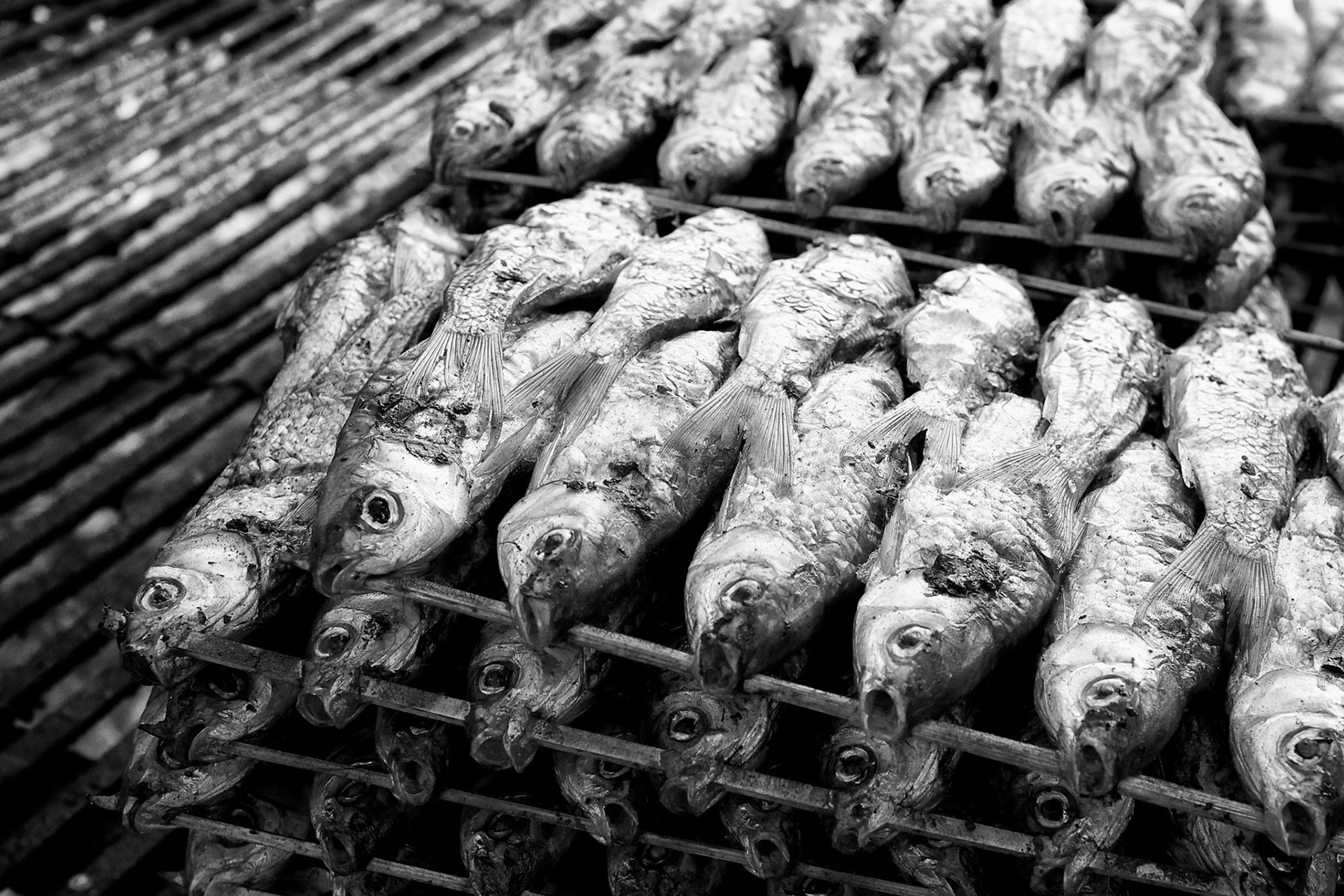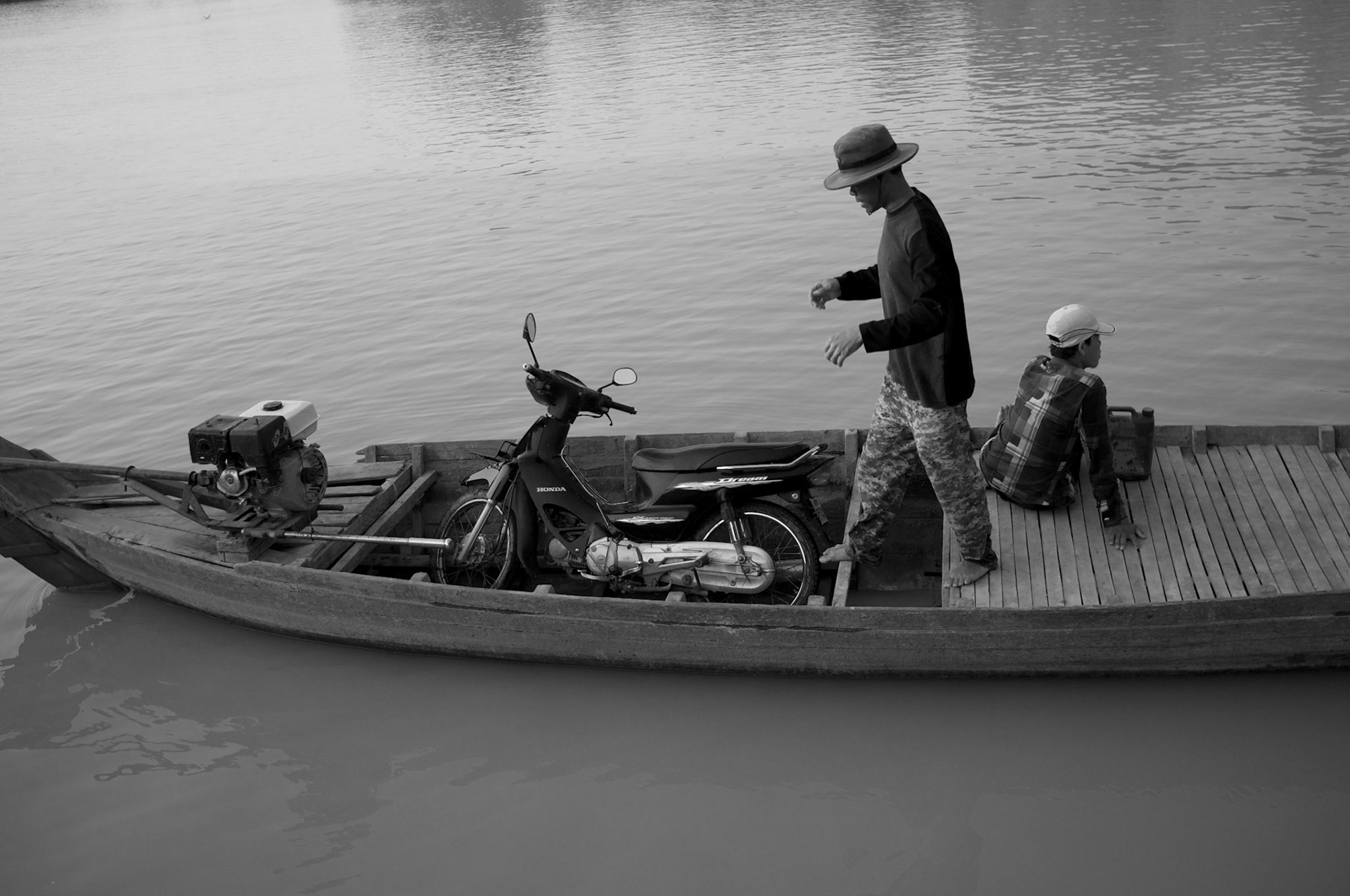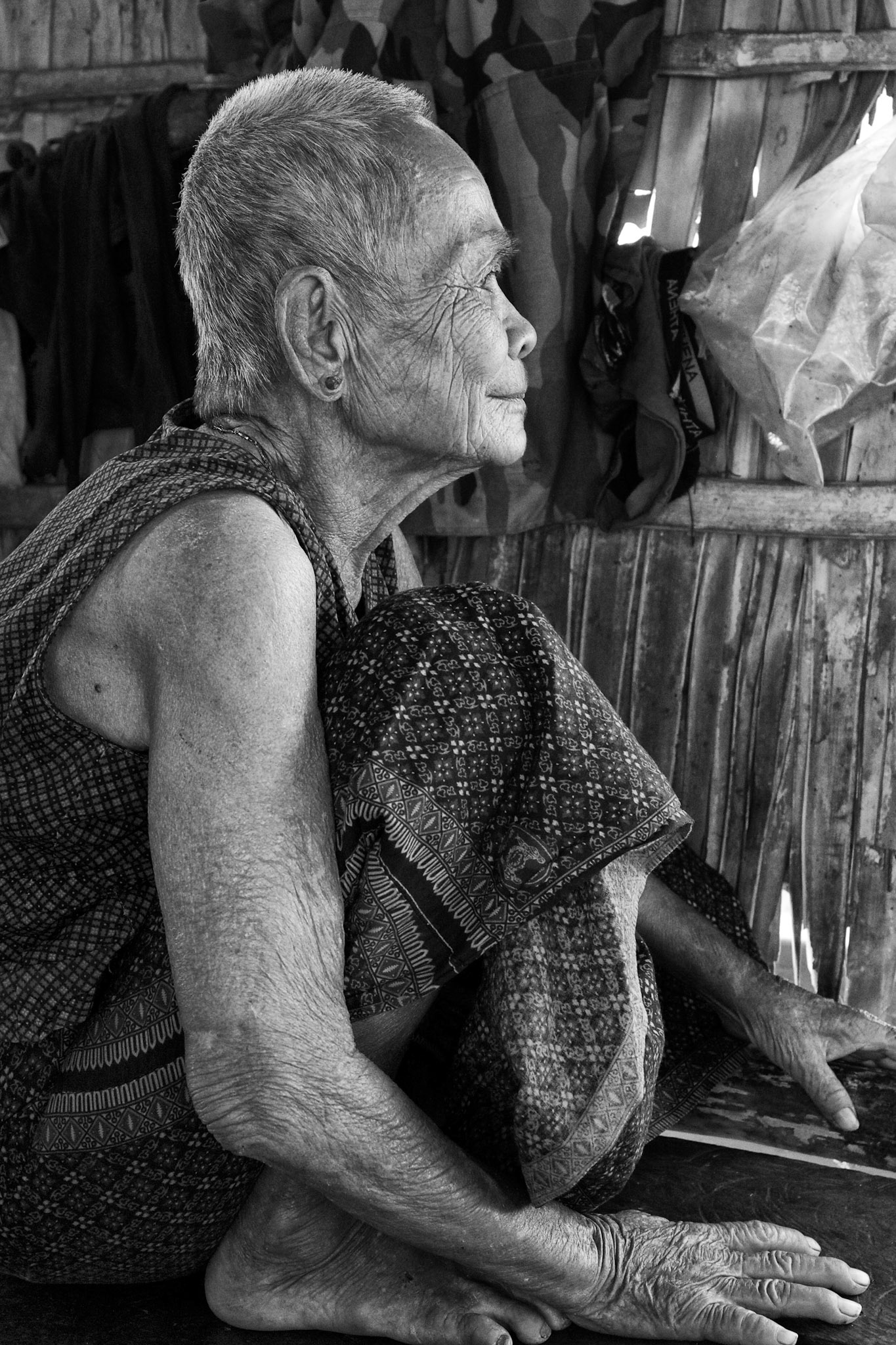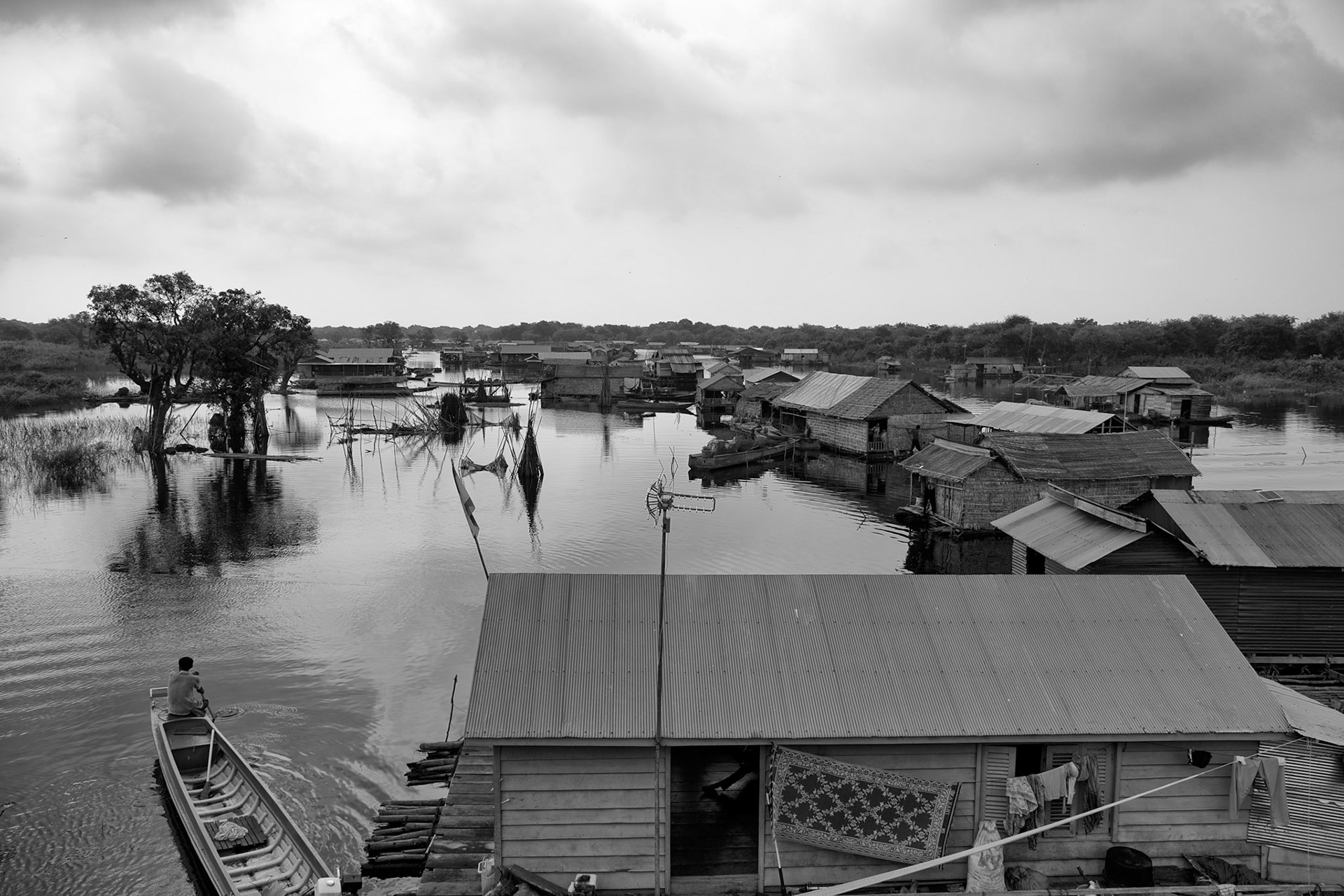Sarun - The Boy Who Lived
In 2015, I was 2 years into my Neonatal-Perinatal Medicine fellowship. What that means is that I take care of Babies. Many premature, others who are just sick. Infections, birth defects, etc. I work in an ICU full of sick babies. As such, I’ve got a fairly focused skillset, that, over time, has become less and less useful to TLC as a medical resource. I still know the basics, but I’m really good at taking care of sick babies... when I’ve got the right equipment around. During my time with TLC in 2015, that skillset was useful. A 7 day old small baby (4lb) and preterm with some breathing difficulties. The family was advised to take him to the hospital, but they did not.
When TLC was back in the village the following week, we went to see him, and he was clearly failing to thrive, he looked sick, had stopped eating, and likely was going to die soon. We gave him the emergency antibiotics we had available, and advised the family that he needed to be seen in a hospital as soon as possible. We were unable to transport him until the next day. In the middle of the night, they brought him to our clinic with worsening difficulty breathing. Using whatever emergency equipment we had available, we tried to support him, and arranged and paid for transport to a hospital by motorcycle. What actually ended up happening was that he was taken to a private clinic where he was turned away because he was too sick, and was going to die. He didn’t. They brought him back to the clinic the next day, and we kept a close eye on him. On our way back into town, he was taken to the closest children’s hospital where he received antibiotics and nutritional rehab. TLC has followed him closely over the years, and he has been thriving.





Life on the Tonle Sap Lake - What follows are a series of images collected over the years that I’ve worked with TLC. Life on the lake is simple and beautiful on the surface, but so so very hard when you dive deep. The Tonle Sap is a fascinating lake. In the wet season, it may be 40 feet deep. In the dry season, the average depth is around 3 feet. Over 1 million people are dependent on this lake for their livelihood, and the most enmeshed are the people living in floating fishing villages. These people are incredibly impoverished, and many are essentially stateless. Overfishing has changed the landscape. While large fish used to be so abundant that they’d jump right into the boat, now they’re almost entirely absent. Now, they buy small fingerlings from Vietnam and raise them in pens. They feed the small fish that they catch to the big fish so they sell for more money at market. Add in other factors, like hydroelectric dam construction along the Mekong and more frequent and longer standing periods of drought in SE Asia, and the environment is being stressed further. The flooded forests that serve as fish hatcheries for this once incredibly rich ecosystem no longer stay submerged long enough. The people are scared, and there’s a huge need for change.
TLC provides essential services to the portion of this population that they’re able to reach. Not only do they provide basic medical care services, but family planning and antenatal care services and basic dentistry. As TLC has become more established, they’ve developed an outreach branch that works with entire communities to improve population health. Their activities include screening children for signs of chronic malnutrition, a Mother’s Club, Adolescent Groups, and construction of Floating Vegetable Gardens to augment dietary diversity and provide a stable source of food. This organization is rad. Please consider supporting TLC by donating at the link below.



































